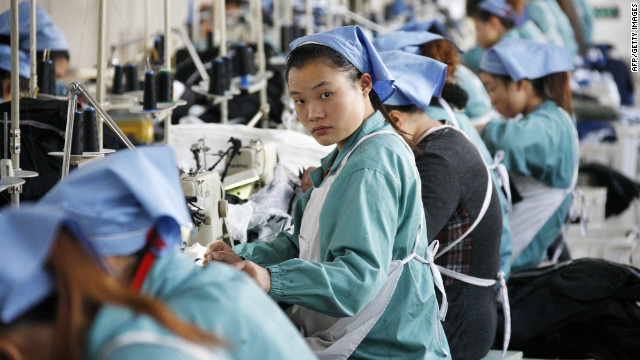|
Trade between China and Japan is expected to recover as early as the second half of next year, from a decline since last November amid the global financial crisis, a researcher with the Ministry of Commerce has said. Sino-Japanese trade has already been showing signs of recovery recently, said Xu Changwen, director of the Asia-Pacific studies department in the academy of international trade and economic cooperation under the ministry. Bilateral trade plunged 20 percent year-on-year to $162.2 billion in the first nine months, according to the General Administration of Customs, in what was seen as a rare drop in more than a decade. Chinese exports fell 18.8 percent year-on-year, while imports dropped 20.8 percent year-on-year, in the first three quarters. However, Japan's overall exports fell at a slower pace of 30.7 percent year-on-year in September. The drop was 36 percent in August, Japan's Ministry of Finance said. Many expect the recovery in Sino-Japanese trade to continue next year as the two economies shrug off the world's worst financial crisis in six decades. The International Monetary Fund also predicted that the Chinese economy will expand 9 percent, while Japan's economy will expand 1.5 percent next year, even as it forecast a 5.4 percent drop in the Japanese economy this year. A report by the government-linked Japan External Trade Organization said that trade between China and Japan recovered slightly in the second quarter, when the stimulus packages of the two countries took effect. Driven by the Chinese government's spending program, imports of machinery and equipment such as pump products from Japan also increased. Similarly, with the Chinese government's moves to expand domestic demand, dubbed as "household electrical appliances going to the countryside", imports of components and raw materials for locally made finished-products as well as a number of electrical appliances such as TV sets from Japan reportedly began to rise. Imports of telecommunication equipment also increased. In Japan, exports of a number of home appliances from China rose as a result of Japan's moves to subsidize cars and home appliances. Clothing imports also increased, an example that sales of cheap products are still resilient despite the economic recession. Still, a decline in the trade between Japan and China, the world's second- and third-largest economies, seems inevitable this year, Xu said. China's imports of textile machinery, steel and fossil fuels from Japan slumped sharply due to a slowdown of the country's domestic industrial production in the first half of this year, while China's exports of personal computers, raw coal, silicon metal and universal parts to Japan decreased in the same period amid a sluggish Japanese market. However, Japanese trade declined at a slower pace with China, compared with other countries in the past months, Japan External Trade Organization reported. China is now Japan's largest trading partner. Trade with China accounted for 20 percent of Japan's total trade volume in the first half of this year. China for the first time also eclipsed the United States as Japan's largest exporting market. While trade conflicts between China and the US, as well as a number of European countries, have occurred recently, trade relations between China and Japan are relatively stable and smooth, Xu said. "One reason is that the two economies are complementary to a great extent. Besides, more than 60 percent of imported products from China to Japan are produced by Japanese companies in China," he said. "So the downturn not only hurts Chinese companies, it causes more damage to Japanese companies," Xu said. |
|
Sino-Japanese trade set for rebound next year
Updated: 2009-11-3 Source: China Daily

Recommended News
Photo Gallery
Most Popular



